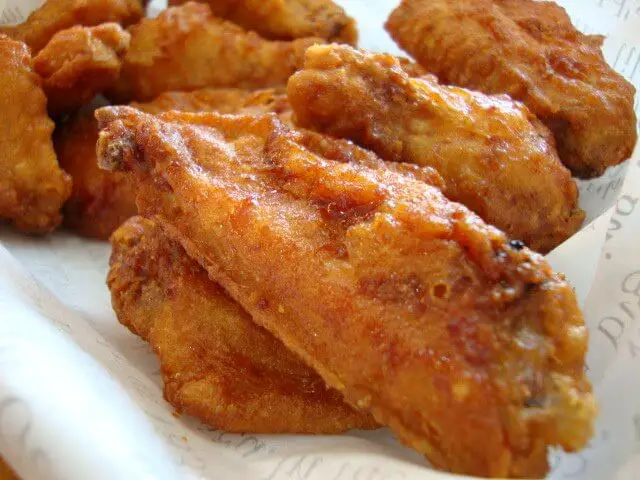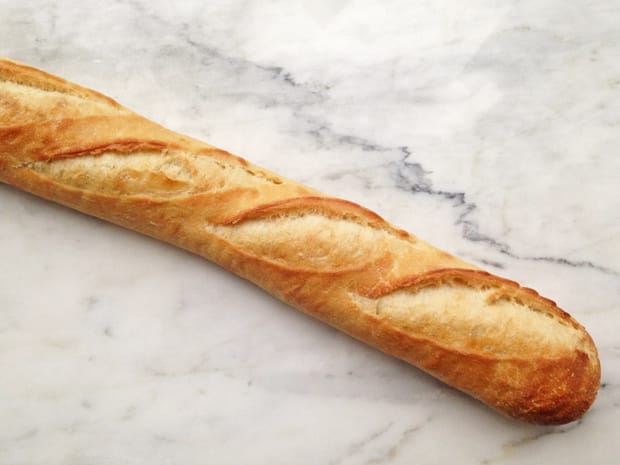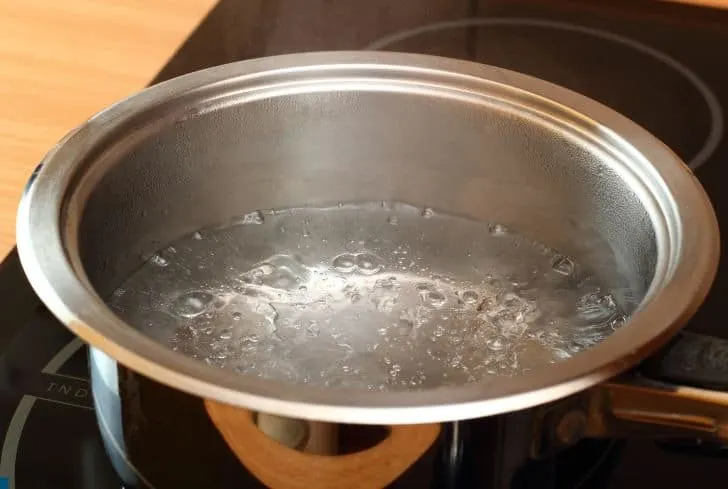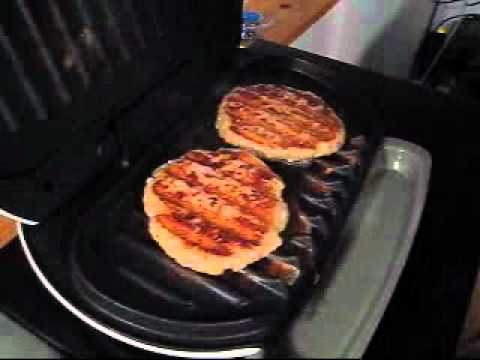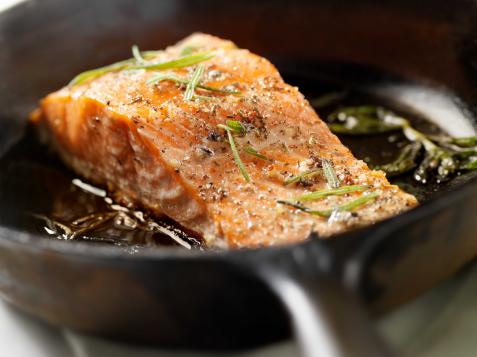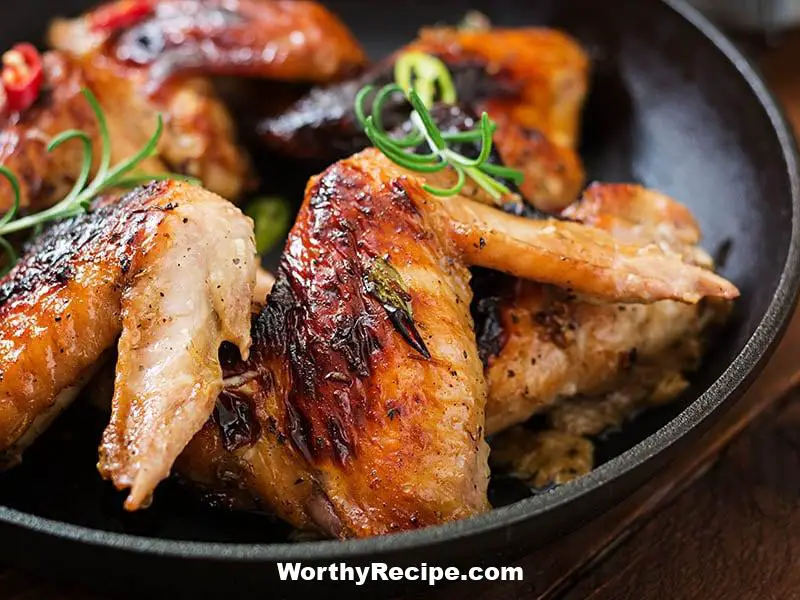How Many BTUs Do I Need to Fry Chicken?
Fried chicken is a favorite among many and is enjoyed all around the world. The secret to perfectly fried chicken lies in getting the temperature of your oil just right. To achieve this, it’s important to calculate how many BTUs you need to successfully fry your chicken. In this article, we’ll discuss what a BTU is, how it is measured, the factors that affect the amount of BTUs you need while frying chicken, how to calculate the required BTUs for frying chicken, safety precautions and equipment needed, types of oils used in frying chicken and why understanding BTUs is important when frying chicken.
Understanding BTUs
A BTU stands for British Thermal Unit and is used to measure energy. One BTU is defined as the amount of heat required to increase the temperature of one pound of water by one degree Fahrenheit at sea level. The higher the number of BTUs, the more heat will be produced. When frying chicken, you need a specific amount of heat to cook your food correctly.
What are BTUs and How are They Measured?
Besides measuring energy, a BTU can also measure cooling capacity or heating efficiency in HVAC (Heating Ventilation & Air Conditioning) systems. For cooking purposes, however, we only need to focus on energy measurement and its application.
Calculating how many BTUs are needed starts with figuring out how much oil we are using. Once we know that, we can move on to calculating how much energy it’ll take to raise the oil’s temperature by a certain amount and maintain that temperature throughout cooking.
Factors Affecting the Required BTUs While Frying Chicken
Several factors affect the number of BTUs required to fry chicken. These factors include:
- The type of equipment used
- Altitude
- The type of oil used
Before we dive into how to calculate BTUs, let’s take a look at how these factors can affect our calculations.
Calculating the Required BTUs for Frying Chicken
Now that we have a general understanding of what a BTU is and the different factors that affect the amount needed while frying chicken, we’re ready to learn how to calculate the required BTUs for frying chicken.
Step by Step Guide for calculating BTU Needs
To calculate the number of BTUs needed to fry chicken, follow these simple steps:
- Determine the volume of oil needed: The first step in calculating your required BTUs is knowing the volume of oil you’ll need. In most cases, you’ll need enough oil to cover your chicken pieces entirely. A good rule of thumb is an average-sized pot with 1-2 inches of oil for each piece of chicken.
- Calculate the specific heat capacity of the substance (oil): Once you’ve established how much oil you’ll need, it’s time to determine its specific heat capacity. Specific heat capacity refers to how much energy is needed to increase the temperature of a substance by one degree Fahrenheit. The specific heat capacity of oil ranges between 0.38 – 0.5 Btu/lb*degree F, depending on the type of oil used.
- Calculate the temperature change required for frying chicken: The ideal temperature to fry chicken is 350℉/180℃. Therefore, you’ll need to know the starting temperature of your oil to calculate how much energy is needed to get it to 350℉/180℃. If the starting temperature of your oil is colder than 350℉/180℃, you’ll have to factor in additional heating time and BTUs.
- Calculate the heat loss due to inefficiencies: When heating oil, not all the warmth produced is used as some is lost to inefficiencies. Heat loss can occur through conduction, radiation, and convection. Most deep fryers are not very efficient at transferring heat. For this reason, using an approximation of about 50-65% of the total heat generated gives a better estimate of how much energy is required.
- Sum up all these values to determine your required BTUs: Once you have determined the volume of oil needed, specific heat capacity of the substance (oil), temperature change required for frying chicken, and heat loss due to inefficiencies – add all these values together to calculate the required BTUs accurately.
Sample Calculation
To better understand how we can get an accurate calculation for frying chicken using BTUs let’s use the following hypothetical but realistic scenario:
- We are using a regular pot with a gallon (128 fluid oz) of peanut oil
- The specific heat capacity of peanut oil is 0.5 Btu/lb*degree F
- The temperature change needed is from 70°F to 350°F (180°C)
- Efficiency factor is assumed at 60%
Using these values:
- The weight of one gallon of peanut oil is approximately 7.61 lbs {(128 fluid oz) x (38.714 grams/fluid oz) / (453.6 grams/lb)}, which gets us to 58 lbs of oil in the pot.
- We’ll need (350°F – 70°F) = 280°F of temperature change.
- 60% efficiency factor means we have to multiply the estimated BTUs by 1.66 to know how many BTUs to require for frying chicken accurately.
The required BTUs calculation is:
(58 lbs of oil) x (0.5 Btu/lb*degree F) x (280°F) x (1.66) = 23,103 BTUs
Other Considerations When Frying Chicken
Aside from calculating the required BTUs for frying chicken, there are several other considerations worth mentioning, including safety precautions and equipment needed and types of oils used while frying chicken.
Safety Precautions and Equipment Needed
Deep frying food can be dangerous if done without proper safety precautions. Therefore, before starting, ensure you have the following equipment:
- A deep fryer or pot- This will depend on your budget and how often you plan on deep-frying foods.
- LPG gas cylinders- A reliable source of heat that will get the job done faster and more effectively than electric ranges.
- Fry thermometer – This will help you monitor the temperature of your oil accurately.
- Tongs or a slotted spoon- These will come in handy when removing food from hot oil.
- Gloves and apron- Provide protection against hot oil spatters or sizzling oils that may splatter around unexpectedly
- Eye protection- Keep them from hot oil droplets that can cling to the air and shoot up.
It’s also important to note that you should never fill the pot more than halfway with oil. This prevents any spillovers or hot oil from getting on you or your kitchen space.
Types of Oils Used in Frying Chicken
Choosing the right type of oil when frying chicken is important for obtaining optimal flavor and texture. Here are some commonly used oils when frying chicken and their respective smoking points:
- Peanut Oil – 450°F/232°C
- Corn Oil – 450°F/232°C
- Canola Oil – 400°F/204°C
- Safflower Oil – 450°C /232°C
Peanut oil is considered the best oil for frying chicken as it has a high smoke point and gives a unique nutty flavor, which adds to the chicken’s taste.
Conclusion
Understanding BTUs when frying chicken is important for getting the temperature of your oil just right. Various factors affect the number of BTUs you need while deep-frying your food, such as equipment used, altitude, and type of oil used. However, by using our simple step-by-step guide shown above, anyone can easily calculate how many BTUs they need to achieve perfectly fried chicken.
It’s worth noting that safety is crucial while deep-frying food, so ensure you have all the necessary equipment before starting. Lastly, choose your oil wisely and follow the recommended smoking point when frying your chicken for optimal results.
1. How do I calculate the BTUs needed for frying chicken?
To calculate the total BTUs needed to fry chicken, you must first determine the weight of the chicken and factor in the cooking time and desired temperature. Once these variables are accounted for, you can use an online BTU calculator or consult with your appliance manufacturer to ensure that your equipment can handle the necessary heat output.
2. Can I use a lower or higher BTU burner for frying chicken?
While it is possible to use lower or higher BTU burners for frying chicken, it is important to note that using too little heat can result in undercooked or unevenly cooked meat, while using too much heat can lead to burnt or overcooked chicken. It is recommended to stick within the recommended BTU range for your specific recipe and equipment.
3. How does frying chicken impact the total BTUs needed for cooking?
Frying chicken requires a higher amount of energy than other cooking methods like baking or grilling due to the high temperatures and quick cooking time required. This means that more BTUs will be needed overall to complete the cooking process, which should be accounted for when selecting your equipment and setting up your kitchen workspace.
4. Is it necessary to monitor the BTUs while frying chicken?
While there is no strict requirement to constantly monitor the BTUs while frying chicken, it is recommended that you keep an eye on the heat levels and make adjustments as needed throughout the cooking process. This will ensure that your chicken is cooked evenly and properly, while also preventing any mishaps such as burning or overcooking.
